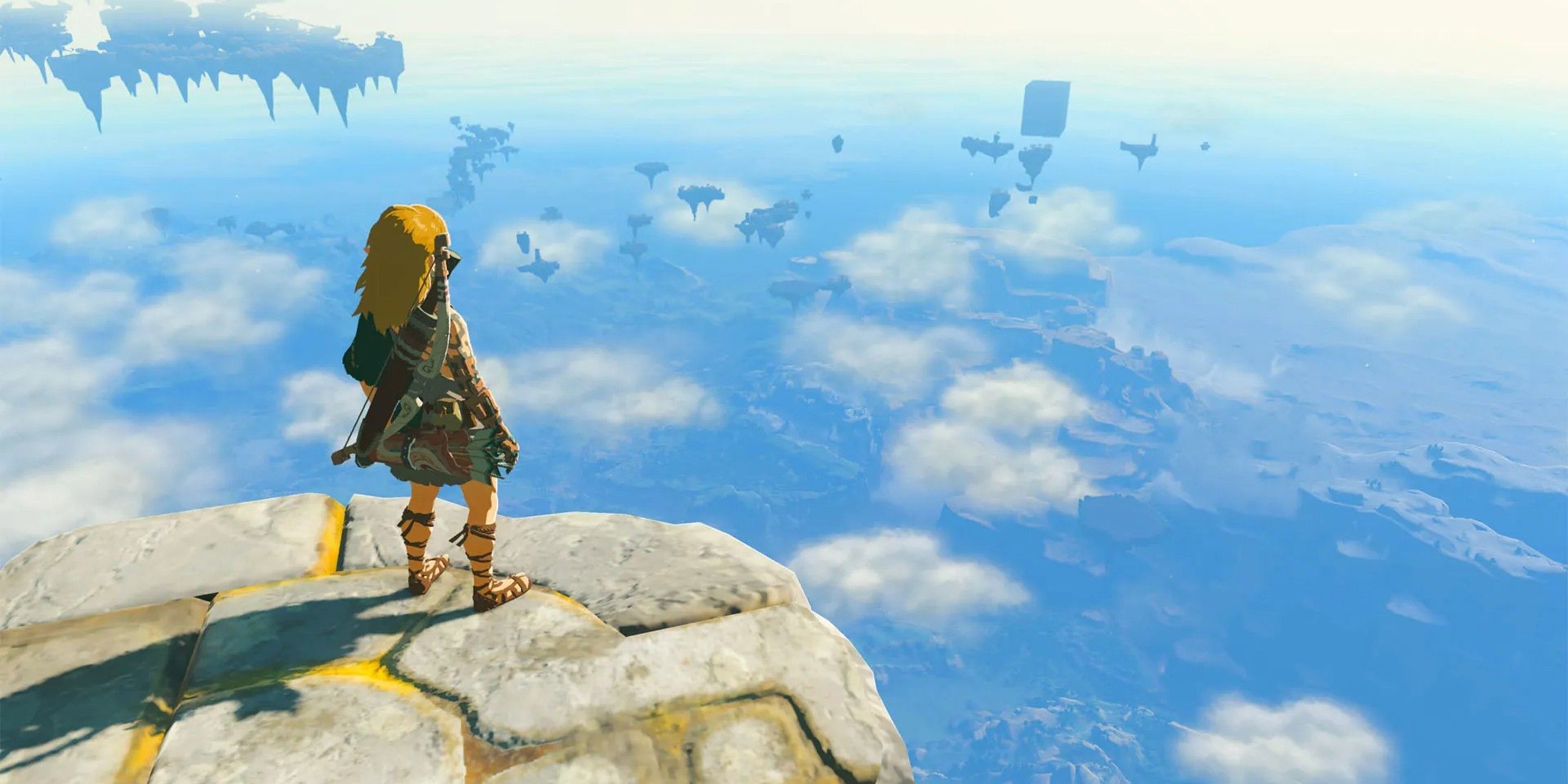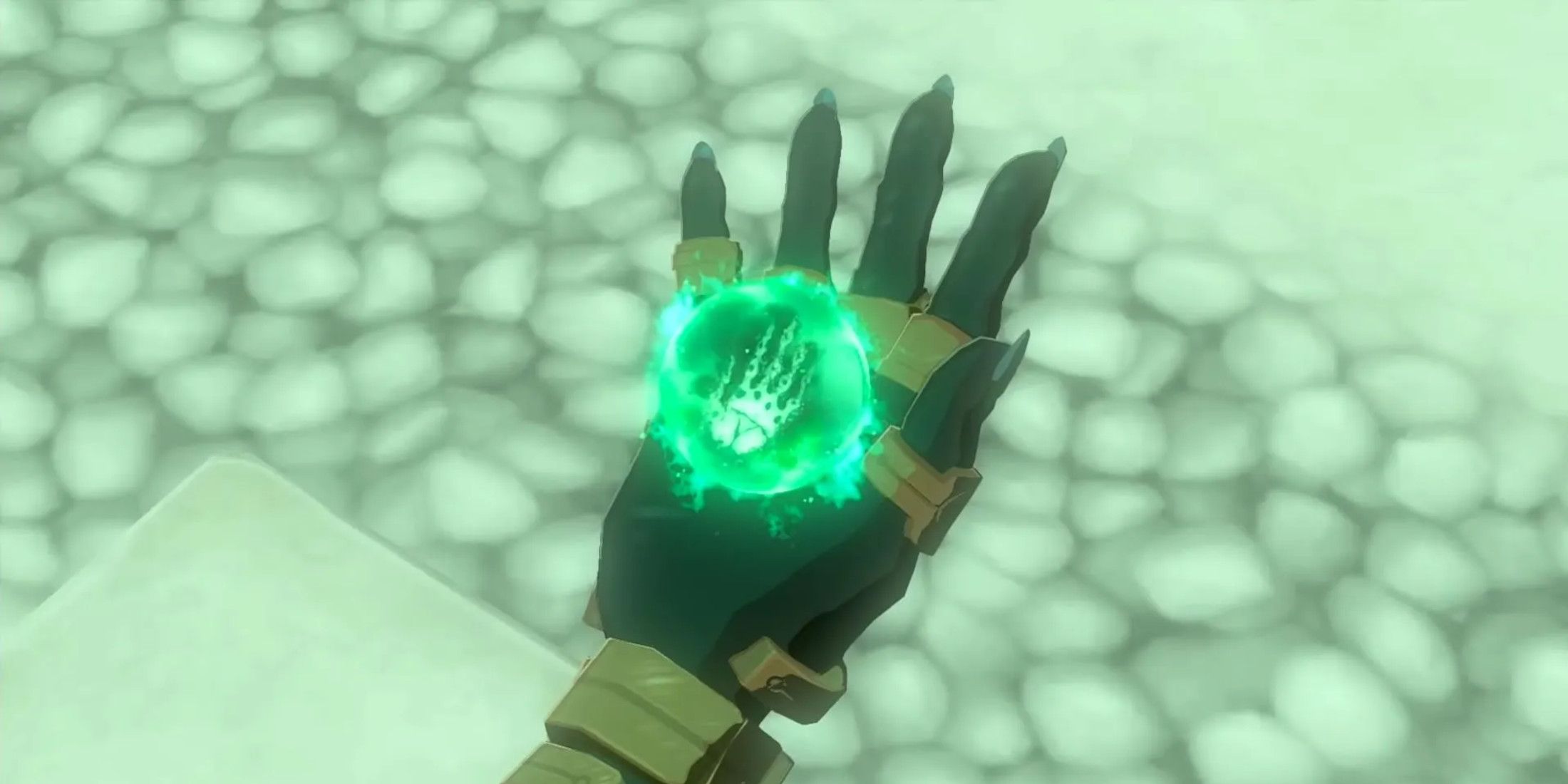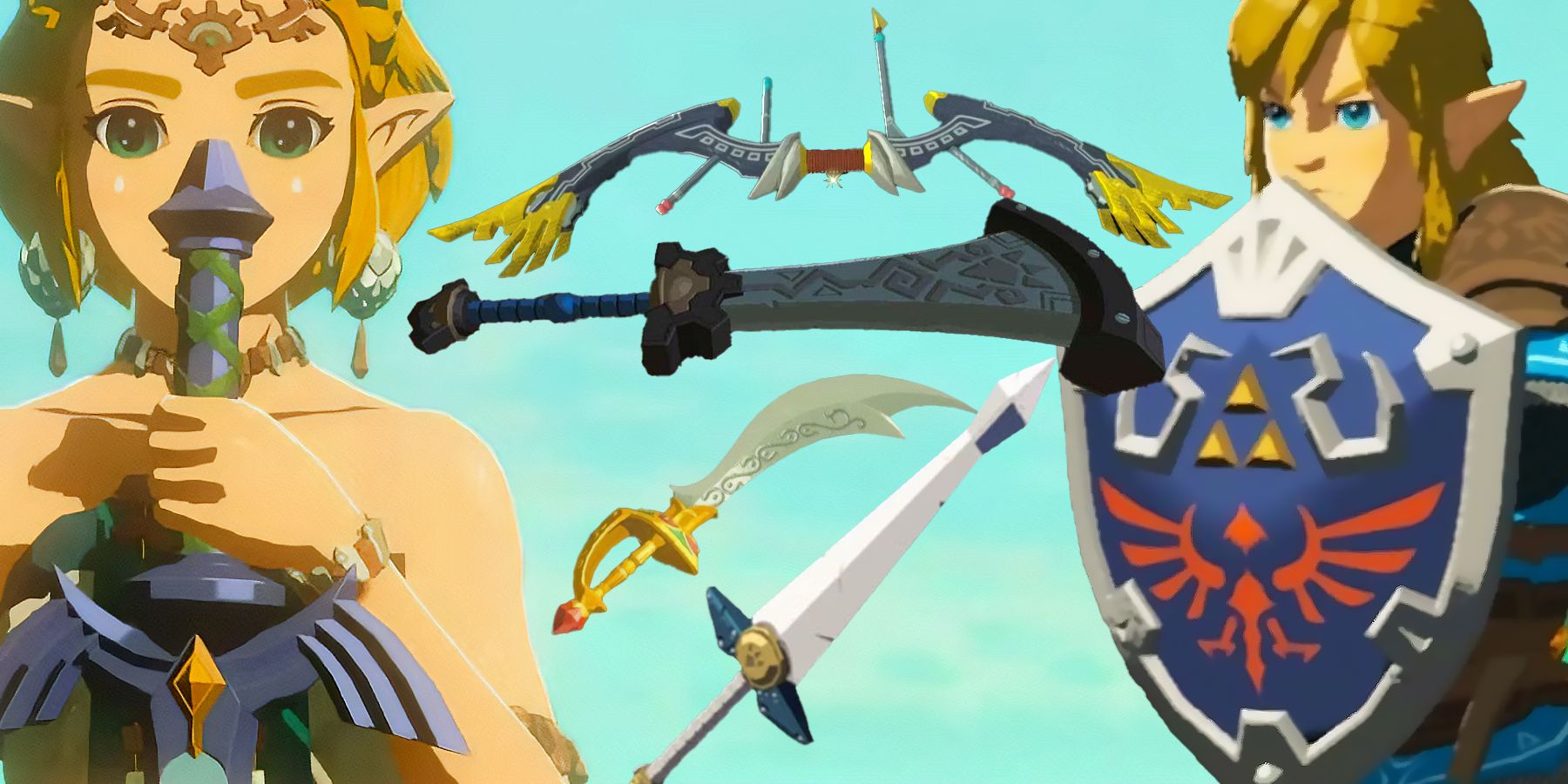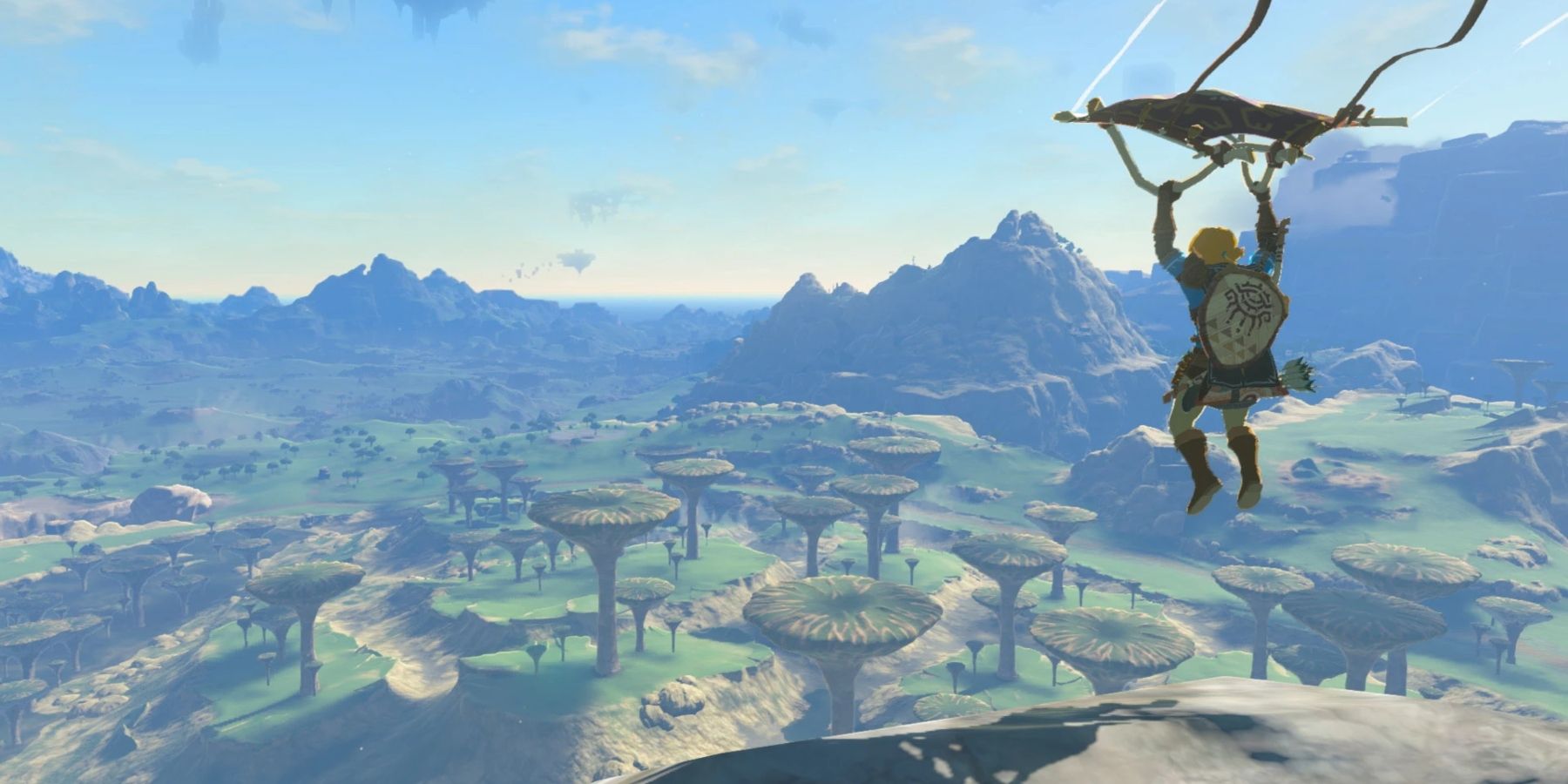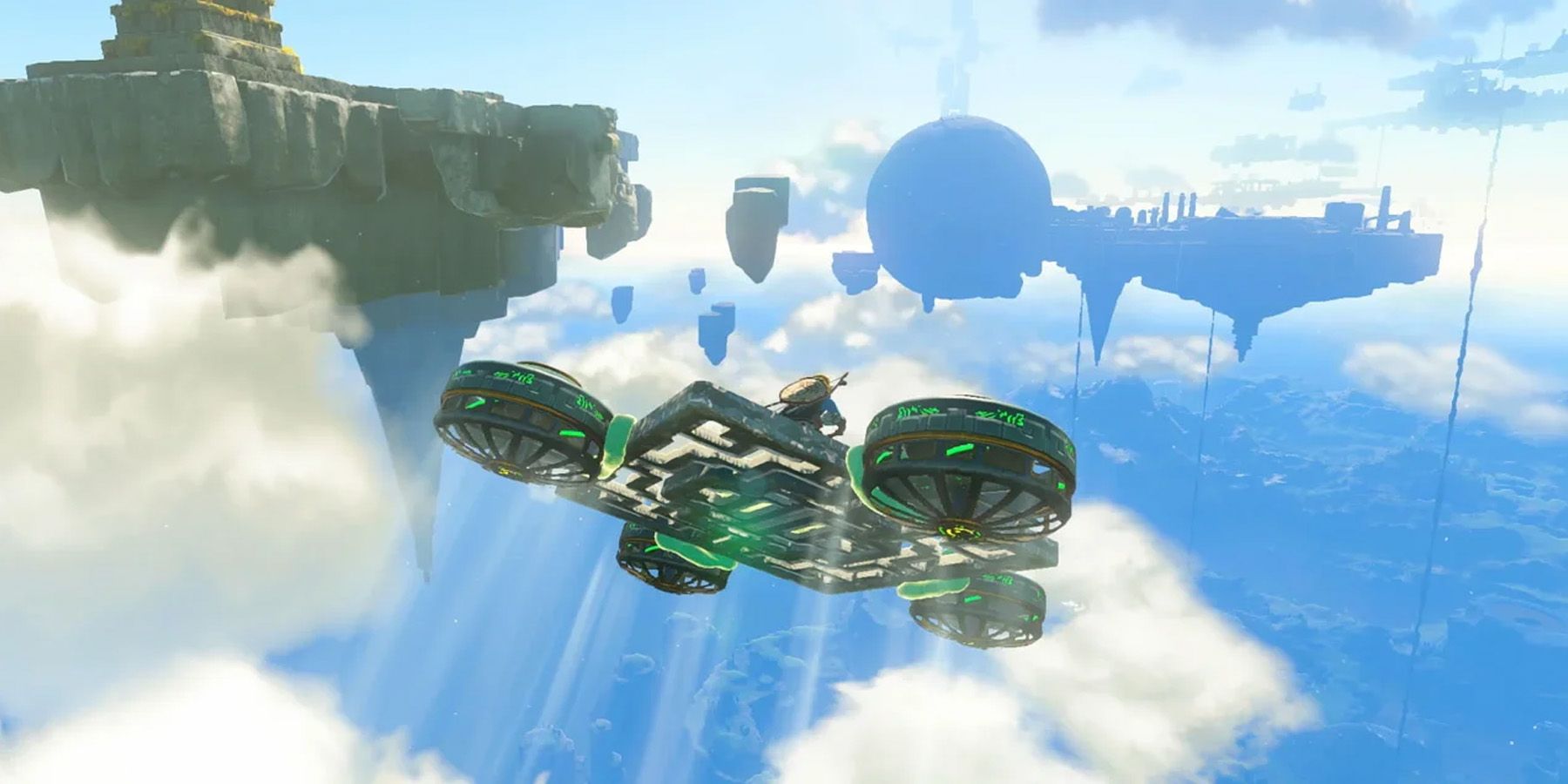Though the open-world genre has had many influences over the last few decades, none have been quite as impactful as the Legend of Zelda franchise. The very first game in the series, 1986's The Legend of Zelda, is widely considered to be the first open-world game on consoles, and as such, all modern-day open-world video games can trace their roots back to the series. But that's not the only influence Zelda has had on the open-world genre, and The Legend of Zelda: Tears of the Kingdom is almost guaranteed to continue the trend for a new generation.
Almost every mainline Zelda game has influenced the open-world genre in one way or another, from the original's lack of constraints and Zelda: Ocarina of Time's 3D world to Zelda: Wind Waker's timeless art style, and that's still true for the last two Zelda entries. The Legend of Zelda: Breath of the Wild is still influencing the open-world genre six years later, and with Zelda: Tears of the Kingdom doubling down on what made its predecessor so impactful, it's likely to be used as inspiration as well, albeit in some unique and different ways.
What Future Open-World Games Might Take From Zelda: Tears of the Kingdom
Zelda: Breath of the Wild's influences are still being seen in open-world games released today. Zelda: Breath of the Wild hit the gaming industry hard, offering a hands-off approach to open-world design that hadn't been seen in a long time. Previously, the open-world genre had become reliant on throwing as much content at the player as possible, filling their map with a thousand different icons and ensuring that they always had something to do.
Zelda: Breath of the Wild took the opposite approach for its own open-world design. Rather than give players a clear destination, Zelda: Breath of the Wild simply marked out a handful of objectives on the map, and let the player make their way there in their own time, rewarding them for stopping off at every point of interest along the way.
Zelda: Breath of the Wild's bold and innovative approach to open-world design has since gone on to influence many open-world games, including high-profile releases like Elden Ring, which itself lets players explore the map at their own pace. The Legend of Zelda: Tears of the Kingdom doubles down on its predecessor's open-world approach, and as such, is likely going to continue to influence the open-world genre for at least another decade or so. But Tears of the Kingdom has the potential to influence the open-world genre in a few ways that its predecessor didn't.
Zelda: Tears of the Kingdom's Zonai abilities are its main selling point, in particular the Fuse and Ultrahand abilities. Fuse lets players forge together an eye-watering number of materials to create extremely unique makeshift weapons, thus greatly expanding the weapon variety of the first game. Ultrahand gives players the ability to create any number of vehicles or machines they can think of, using them to solve puzzles and traverse the open world.
If there's anything from Zelda: Tears of the Kingdom that's going to influence future open-world games, it's these abilities. Another key aspect of Zelda: Tears of the Kingdom that could go on to influence future open-world titles is its multi-layered overworld. Players no longer just explore the entirety of Hyrule now, but also a plethora of Sky Islands held just above the map, and an entire underground layer of the map known as the Depths.
These three planes of adventure ensure that the player always has somewhere new to go, and the visual variety of each area goes a long way in distinguishing the game from its predecessor, and the rest of the market. It seems fairly likely that future open-world games will borrow Zelda: Tears of the Kingdom's multi-layered overworld.
The Legend of Zelda: Tears of the Kingdom is available now on Switch.

